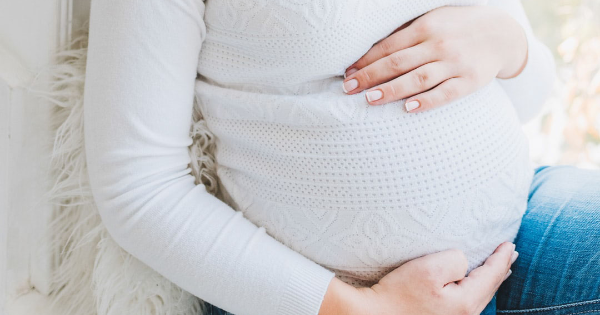There are currently more than 6,200 hospitals located in the U.S. alone. And if you manage a hospital or work at a healthcare facility, you may think you’re familiar with everything there is to know about a piece of equipment. But it may surprise you to learn that equipment like hospital beds can be utilized in a number of different ways depending on the patient’s needs.
Take birthing beds, for example. While some medical professionals might assume that there’s one basic way to use a high-quality birthing bed, organizations like Lamaze and individuals like birth coaches and doulas would beg to differ.
The more you know about how your facility’s birthing beds can potentially be used during labor and delivery, the better you’ll be able to assist your patients — and the better your decisions will be when choosing which refurbished birthing beds to purchase. Here are some of the various ways soon-to-be mothers can use birthing beds to assist during these processes.
Sitting and Monitoring
Of course, hospital beds can be used for sitting. But because birthing beds are divided into three different parts, this gives the patient the ability to sit in a fully upright or semi-reclined state. Although a patient can easily sit on the side of the bed (especially if it’s lowered so that the patient’s feet can rest on the floor), the bed can also be positioned so the patient can sit up in bed. In this position, the patient’s legs and feet may be out flat, in a “throne” position, or in a butterfly style. These positions can play an important role in fetal monitoring or during epidurals.
Standing and Leaning
A patient doesn’t necessarily have to be in or on the bed to put this piece of equipment to good use. During labor, many patients find that a stand-and-lean position provides comfort and moves the birthing process along (thanks to gravity). To achieve this position, the birthing bed needs to be raised to its maximum height; pillows may need to be placed under the patient’s head or the patient may need to sit on a birthing ball for best results. The patient can then lean forward on the bed. This will help the baby descend, allow for more rest, and provide an opportunity for the support person to provide physical relief to the back or hips.
Squatting or Kneeling
Squatting during labor can widen the pelvic opening, while kneeling on the hands and knees can help position the baby for an easier birth while relieving back pressure. A patient can utilize their birthing bed in either of these kinds of positions. For example, they can hold onto the frame of the bed for balance while standing on the ground and squatting, provided that the bed’s height is lowered and the patient’s support person ensures stability. A patient can also get onto their hands and knees while on the bed, if it’s in a semi-reclined position. Alternatively, a patient can get into an “all-fours” position with a flattened bed.
Resting Positions
The least surprising use for a birthing bed is rest and recovery. But this goes beyond a patient merely resting in bed after the birth of their child. During labor, periods of rest are necessary. A patient may lay on their side, if the bed is completely flat and a birthing ball is used. In other cases, a squat bar may be attached to the bed to allow for rest in between contractions. This can provide a greater sense of physical support and allow the patient to gather the energy they need to bring a baby into the world.
Clearly, a birthing bed can be used in a multitude of ways. Therefore, it’s a must for any hospital or birthing facility. For more information on our selection of birthing and hospital beds, please contact us today.


Recent Comments